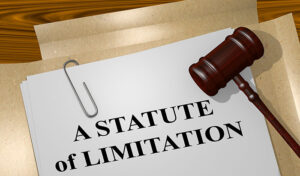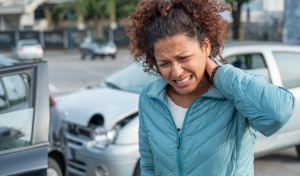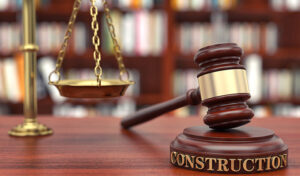
Statute of Limitations in a Wrongful Death Lawsuit: The Process Explained
If you don’t file the lawsuit within the statute of limitations, you could lose the right to pursue legal action against the responsible party, but there are exceptions like new evidence or finding out that a minor was involved.


